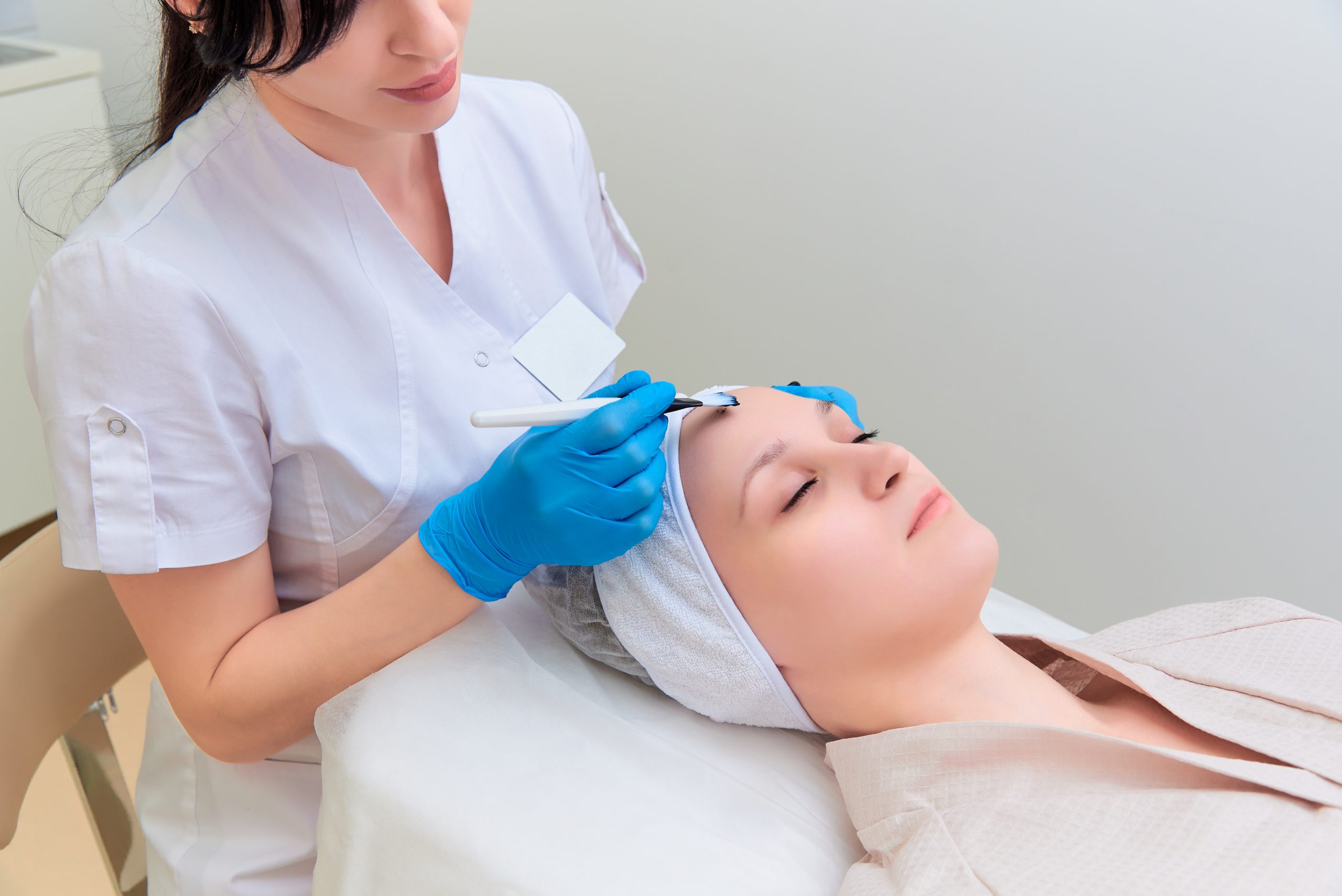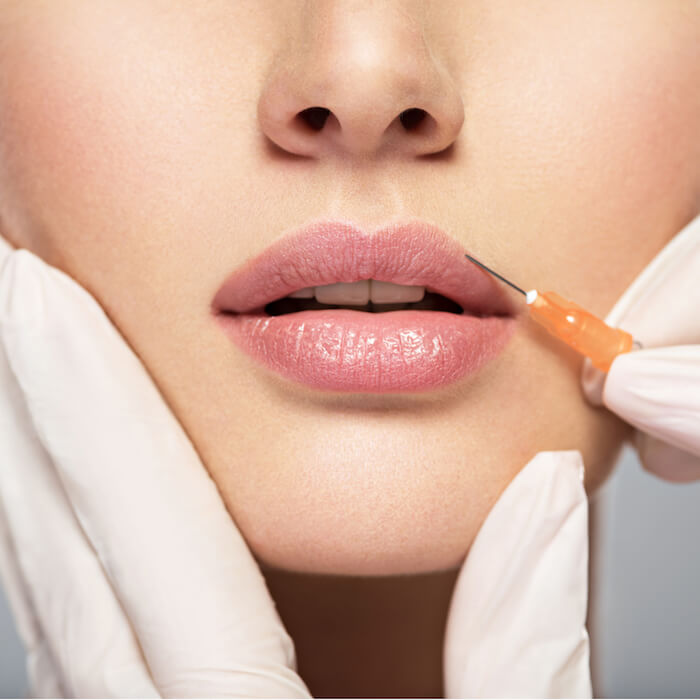Post-peel care is an essential component of the chemical peel process and is critical to achieving the best results while minimizing the risk of complications. In this blog, Dr. Ishmeet Kaur and Dr. Deepak Jakhar, dermatologists at Dermosphere Clinic, Dwarka (New Delhi) discuss the importance of post-peel skincare.
The importance of post-peel care includes:
Promoting healing: Post-peel care helps to promote healing and reduce the risk of infection, scarring, and other complications. Proper care includes avoiding direct sun exposure, staying hydrated, and avoiding harsh products or treatments that can irritate the skin.
Minimizing downtime: Following proper post-peel care can help to minimize downtime and reduce the risk of discomfort or complications. This can include avoiding strenuous exercise, hot showers, and other activities that may increase inflammation or irritation.
Enhancing results: Proper post-peel care can help to enhance the results of the chemical peel, including reducing the appearance of fine lines, wrinkles, and hyperpigmentation. This may involve using specialized skincare products, such as moisturizers, serums, and sunscreens, to nourish and protect the skin.
Preventing future damage: Post-peel care can help to prevent future damage to the skin by maintaining a healthy skincare routine and avoiding habits that can damage the skin, such as smoking, poor nutrition, and excessive sun exposure.
Overall, post-peel care is a critical aspect of the chemical peel process and can help to ensure a safe, effective, and successful procedure. It’s important to closely follow the dermatologist’s instructions for post-peel care and to discuss any concerns or questions about the process.
Steps involved in post-peel care
The steps involved in post-peel care may vary depending on the type and strength of the chemical peel, as well as the individual’s skin type and condition. However, some general steps that may be involved in post-peel care include:
- Avoid direct sun exposure: It’s important to avoid direct sun exposure for at least a week after a chemical peel, as the skin is more vulnerable to damage and pigmentation changes. Use broad-spectrum sunscreen with an SPF of at least 30, wear protective clothing and a hat, and avoid outdoor activities during peak sun hours.
- Keep the skin hydrated: After a chemical peel, the skin may feel dry and tight. It’s important to keep the skin hydrated by using a gentle, non-comedogenic moisturizer. Avoid using any products that contain harsh or irritating ingredients, such as retinol or alpha-hydroxy acids.
- Avoid harsh products or treatments: To avoid further irritation or damage to the skin, avoid using any harsh products or treatments for at least a week after the peel. This includes exfoliants, scrubs, and acids.
- Follow a gentle skincare routine: Use gentle, non-irritating skincare products that are free from fragrance and other irritants. Wash the face twice a day with a gentle cleanser, and apply a moisturizer and sunscreen as needed.
- Avoid picking or peeling: It’s important to avoid picking or peeling any areas of the skin that are flaking or peeling after the peel. This can cause scarring or further irritation to the skin.
- Avoid heat and sweating: Avoid excessive heat, sweating, or activities that can cause the skin to become overheated for at least a week after the peel. This includes hot showers, saunas, steam rooms, and strenuous exercise.
- Follow up with the dermatologist: Follow up with the dermatologist as recommended to monitor the skin’s progress and ensure proper healing.
It’s important to follow the skincare professional or dermatologist’s specific instructions for post-peel care, as they may vary depending on the individual’s skin type and condition, as well as the type and strength of the chemical peel used.
Different products used in post-peel care
After a chemical peel, the skin may be more sensitive and vulnerable to damage, so it’s important to use gentle and nourishing skincare products to promote healing and reduce the risk of complications. Here are some different types of products that may be used in post-peel care:
Moisturizers: Moisturizers help to keep the skin hydrated and prevent dryness and flaking. Look for gentle, non-comedogenic moisturizers that are free from harsh ingredients like fragrance or retinoids.
Sunscreen: It’s important to protect the skin from the sun after a chemical peel, as it can cause further damage and pigmentation changes. Use a broad-spectrum sunscreen with an SPF of at least 30 and apply it every few hours, especially if you’re spending time outdoors.
Serums: Serums can help to nourish and repair the skin after a chemical peel. Look for serums that contain ingredients like antioxidants, hyaluronic acid, and peptides to promote healing and boost collagen production.
Healing ointments: In some cases, a healing ointment may be recommended to help soothe and protect the skin after a chemical peel. Look for gentle, non-irritating ointments that contain ingredients like petrolatum or zinc oxide.
Gentle cleansers: After a chemical peel, it’s important to use a gentle cleanser that won’t irritate or dry out the skin. Look for cleansers that are free from fragrance and other harsh ingredients.
Collagen-boosting treatments: Collagen-boosting treatments like vitamin C serums or retinoids may be recommended to help promote collagen production and enhance the results of the peel. However, these should only be used under the guidance of a dermatologist.
It’s important to follow dermatologists’ specific recommendations for post-peel care products, as they may vary depending on the type and strength of the chemical peel used, as well as the individual’s skin type and condition.


